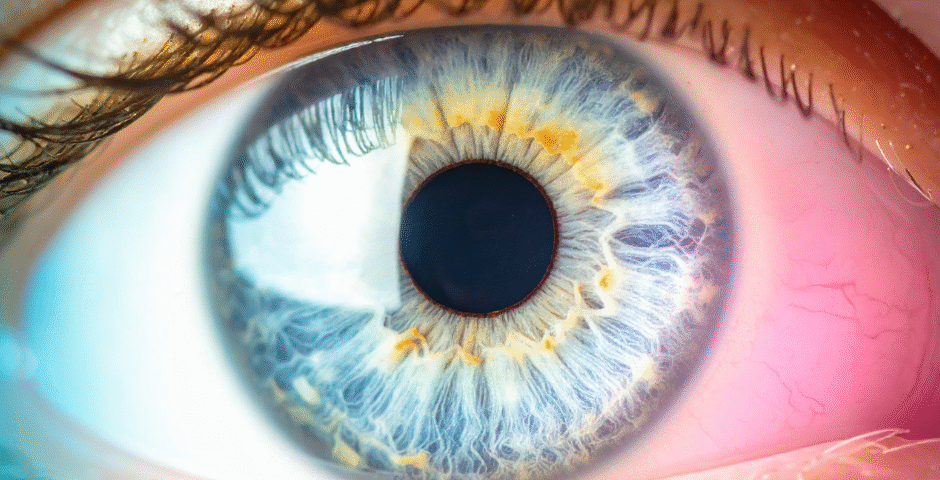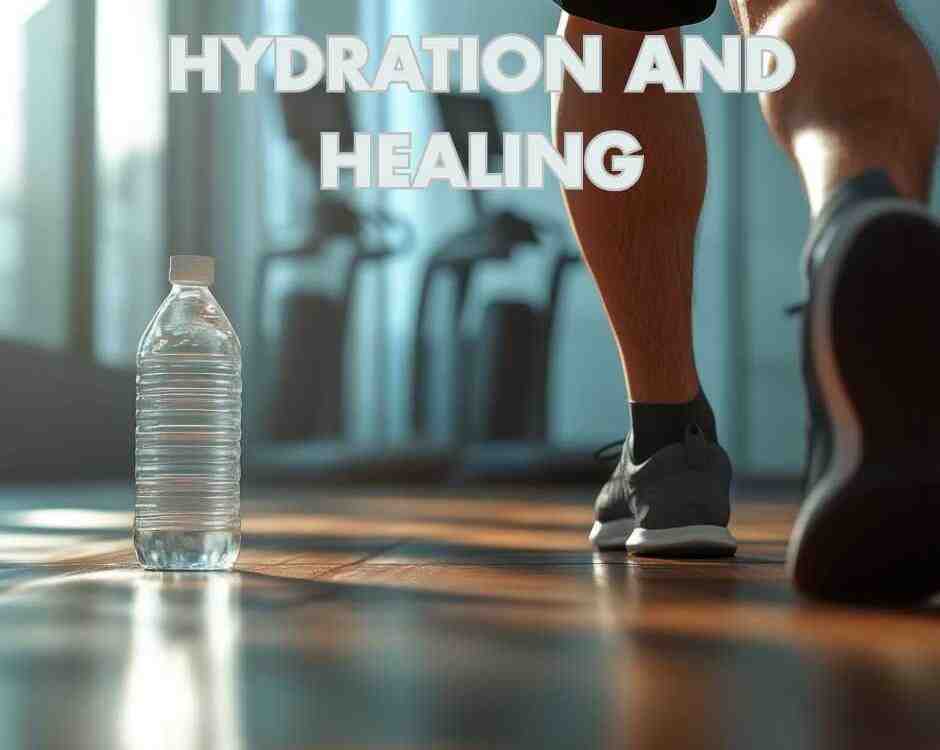Corneal Abrasions After a Car Accident

Hydration and the Role in Healing
November 24, 2025
How Sitting Affects Healing
November 24, 2025- Accident doctor
- accupuncture
- airplane headache
- alzheimer's
- best habits
- Brain Injuries
- car accident
- car accidents
- cervical strain
- colds
- concussion
- Concussions
- disc bulge
- dosage meds
- dry needling
- dull pain
- E bike injuries
- florida
- good posture
- headaches
- Headrest positions
- Headrest positions after an accident
- Healthy choices
- Healthy flying
- healthy gift guide
- Healthy SPring Ideas
- hip pain
- hyperextension
- injury doctor
- insurance
- Kayaking
- kentucky
- kids motion sickness
- lifestyle
- motion sickness
- neck injury
- no fault insurance doctor
- noise healing
- osteoporosis
- pain symptoms
- pink noise
- posterior chain
- posture
- prevent osteoporosis
- Rest
- Scoliosis
- shoulder pain
- Stress with kids after a motor vehicle accident
- TBI
- tips
- tmj
- torn muscle
- Traumatic Brain Injury
- trigger points
- VitaminD
- What are Post Traumatic headaches?
Corneal Abrasions Following a Car Accident
One less commonly discussed injury due to a car accident is a corneal abrasion. The cornea is the clear, protective outer layer of the eye and it plays a crucial role in focusing vision. When the cornea is scratched or scraped, it results in a corneal abrasion. This injury can occur during a car accident when the eye comes into contact with debris, glass, airbags, or other objects. Dr. Deryk Harting of Chambers Medical Group, one of the highest rated car accident medical doctor care facilities in Florida, discusses corneal abrasions following a car accident.
A corneal abrasion may initially cause discomfort or pain in the eye. It can lead to a variety of other symptoms such as a feeling of something being stuck in the eye, redness, tearing, blurred vision, and light sensitivity. The pain may be sharp and might worsen when blinking. The severity of the symptoms often correlates with the size and depth of the abrasion. While some minor abrasions may heal on their own, others may require medical treatment to prevent complications.
Diagnosis of a corneal abrasion is typically made in the emergency department or an optometry office. An eye care professional will perform a thorough examination, often using a dye called fluorescein to highlight the damaged area. Fluorescein stains the injured corneal surface, making the abrasion visible under a special blue light. In some cases, a slit-lamp examination may be used to get a more detailed view of the eye. The healthcare provider will ask about the cause, pain severity, and any other symptoms.
Treatment usually includes lubricating eye drops or ointments to keep the eye moist and promote healing. If the abrasion is more severe or there is a risk of infection, antibiotic eye drops or ointments may be prescribed. For pain management, cold presses, over the counter pain relievers, or prescription pain medications may be necessary. Patients are also advised to avoid wearing contact lenses while the cornea heals. Healing typically takes 1 to 3 days, although more serious injuries take longer.
While most corneal abrasions heal without complications, there are some other concerns. If the abrasion becomes infected, it can lead to a corneal ulcer. A corneal ulcer is an open sore on the cornea caused by bacterial, viral, or fungal infection and is a deeper, more serious condition that can threaten vision. Infections cause inflammation that damages and breaks down the outer layer of the cornea and result in scarring. Scarring on the cornea can cause permanent vision loss and may require surgery like a corneal transplant.
Another possible complication is recurrent corneal erosion. This occurs when the corneal epithelium, the outermost layer of the cornea, fails to heal properly and the abrasion re-tears. It can lead to repeated episodes of blurred vision, light sensitivity, tearing, redness, and mild to severe pain, especially when waking in the morning. Recurrent erosion can be difficult to treat and require more aggressive management with medications or even surgery.
Most corneal abrasions heal fully with proper care, but vision loss can occur in rare cases involving severe abrasions or complications with infection or scarring. It is essential to follow up with an optometrist or eye care provider to confirm proper healing and detect any issues early if a corneal abrasion has been diagnosed. Anyone who experiences eye pain, blurred vision, tearing, or light sensitivity after a car accident should seek immediate care, as early diagnosis and treatment greatly reduce the risk of complications and ensure the best outcome.
— This article is written by Deryk Harting, DC, one of the members of Chambers Medical Group’s team of car accident chiropractors who offer a variety of treatments and therapies ranging from diagnostic testing to various soft tissue therapies for car accidents and injuries in Florida.




